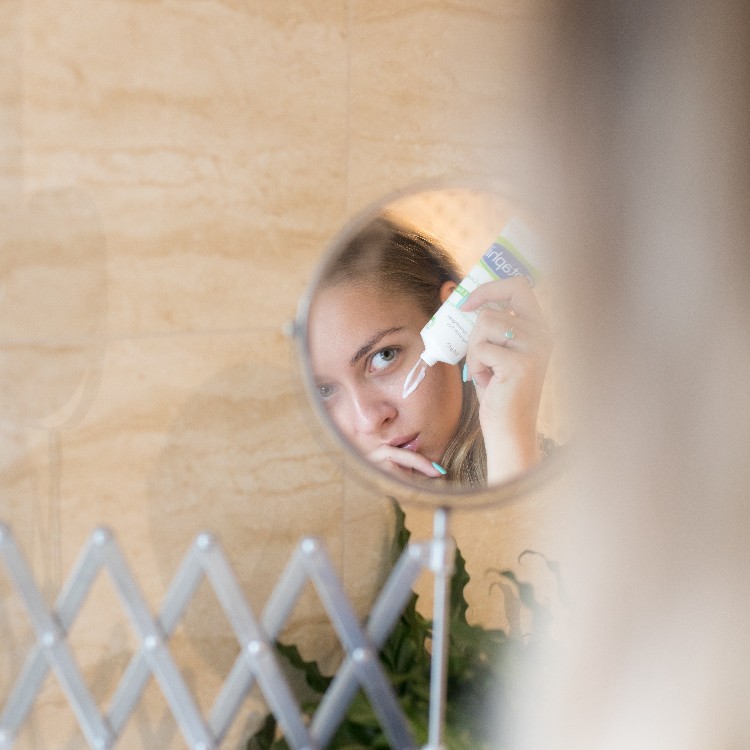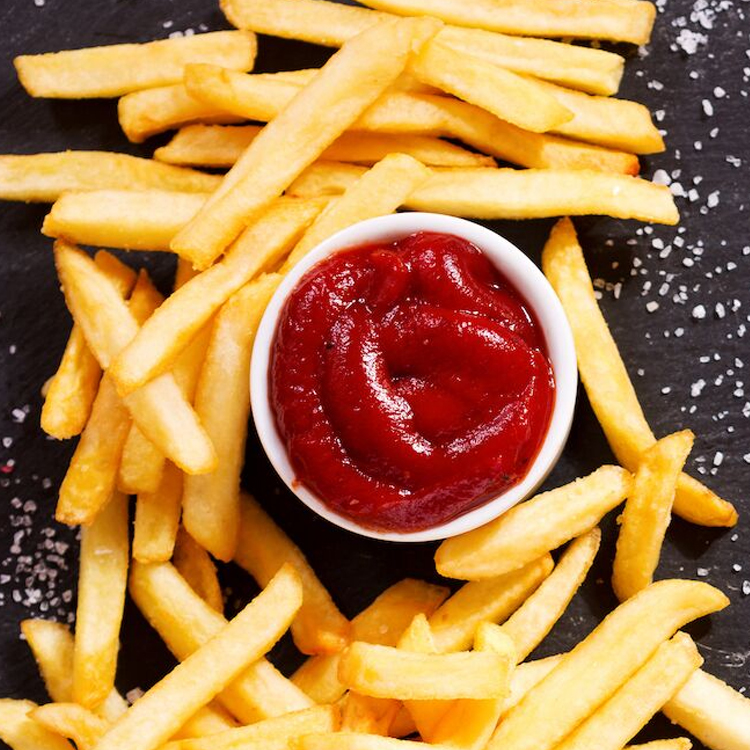
How to Get Rid of Dead Skin on Face: Your Ultimate Guide
Dead skin on the face is a common skin concern that leads to a rough skin texture. Dead skin cells can accumulate over time, making your skin look tired and lifeless. Fortunately, there are various methods to address this issue. If you’re wondering how to get rid of dead skin on face effectively, you’re in the right place. In this guide, we’ll explore the best practices for achieving a smoother and healthier complexion.
What Causes Dead Skin on Face?
Dead skin on your face can accumulate due to several factors. One of the primary culprits is the skin’s natural shedding process, where old skin cells are replaced with new ones. However, this process can slow down with age and lead to a buildup of dead skin cells. The environment also plays a big role. Exposure to extreme weather conditions, pollution, and UV radiation can contribute to skin cell damage and the accumulation of dead skin. Certain skin conditions, such as eczema or psoriasis, can cause an excess of dead skin.
How to Get Rid of Dead Skin on Face?
The process of removing dead skin cells from the outermost layer of the skin (epidermis) is called exfoliation. This can be achieved through physical methods or chemical peelings.
Chemical Exfoliation
Chemical exfoliation is a highly effective skincare technique that you can use to remove dead skin from your face. It involves the use of acids or enzymes to dissolve dead skin cells, which promotes cell turnover. Chemical exfoliators break down the bonds between dead skin cells and allow them to be sloughed off more easily. This method is suitable for various skin types and concerns, from fine lines and uneven texture to acne and dark spots. However, it’s important to apply these products as directed and to use sun protection afterwards, as they can increase skin sensitivity to UV radiation. Here are the most commonly used chemical exfoliators:
Alpha Hydroxy Acids
Alpha hydroxy acids, or AHAs, are an excellent choice for you if you’re seeking an effective chemical exfoliator. These water-soluble acids, such as glycolic and lactic acid, work by gently dissolving the bonds between dead cells on the surface of your skin. This process reveals the fresh, healthy skin beneath and makes your complexion smoother and more radiant. They are highly effective at treating conditions such as premature skin aging or age spots. When using them, start with a low concentration and gradually increase over time to avoid irritation. With consistent use, you’ll likely notice a significant improvement in your skin’s overall texture and appearance.
Beta Hydroxy Acids
Beta hydroxy acids (BHAs) work by penetrating the pores, making them exceptionally effective for oily and acne-prone skin. They exfoliate from within, helping to clear out excess oil and dead skin cells. This makes BHAs particularly useful for skin issues such as acne, clogged pores, and blackheads. Salicylic acid is a well-known representative of beta hydroxy acids. The key distinction between AHAs and BHAs is that BHAs are oil-soluble, which allows them to clear pores. AHAs are water-soluble and primarily target the skin’s surface. So, if you have oily or combined skin, BHAs might be a more suitable option for your needs.
Polyhydroxy Acids
Polyhydroxy acids (PHAs) are a class of chemical exfoliants that help maintain and renew skin. They are similar to alpha hydroxy acids (AHAs) in their exfoliating function but have some distinct characteristics that make them suitable for different skin types. PHAs are known for their larger molecular size and slower penetration, which makes them a great choice for sensitive skin. They work by breaking the bonds that hold dead skin cells together. This exfoliation helps to improve skin texture, reduce the appearance of static and dynamic wrinkles, and treat concerns like uneven pigmentation.
Characteristics:
- Gentle exfoliation: PHAs are milder than other chemical exfoliants, which makes them well-suited for sensitive or irritated skin.
- Moisturizer properties: PHAs help to retain moisture in the skin and enhance hydration.
- Antioxidant benefits: Some PHAs, like gluconolactone, have antioxidant properties that protect the skin from free radical damage.
Mechanical Exfoliation
Mechanical exfoliation is a powerful dead skin remover. It involves physically removing dead cells from the surface of your skin. This can be done using various products designed for face skin peeling, such as brushes, sponges, or rollers. When doing mechanical exfoliation, it’s crucial to be gentle to prevent irritation or damage to your skin. Use a circular, massaging motion to effectively remove dead skin cells. Exfoliation with mechanical tools is a quick and convenient way to remove dead skin from the face, but it’s important to be gentle.
What to Avoid During Face Peeling
Before undergoing a face peel, there are several important precautions to keep in mind:
- Avoid sun exposure. Minimize sun exposure, as your skin will be more susceptible to UV damage after pilling. Always use sunscreen with a high SPF.
- Resist skin picking. Do not pick the skin, as this can lead to scarring or infection.
- Do not use products with artificial ingredients. Stay away from fragranced skin care products with synthetic ingredients. They can exacerbate irritation and disrupt the healing process.
- Keep in mind hydration. It is vital to feed your skin abundantly after face peeling.
- Do not exaggerate with exfoliation. There is no need to exfoliate your skin more than one or two times a week. Otherwise, you can irritate your skin and make it more susceptible to sun damage.
Following these precautions and the specific instructions provided by your skincare professional will help you achieve the best results and ensure a safe and effective face peel.
To Sum Up
Peeling your facial skin may seem completely uninteresting, but it is actually a very quick solution to dead skin. Follow the tips in this guide to get rid of dead skin from your face and get the glowing complexion you deserve.
FAQ
What does dead skin buildup look like on the face?
Dead skin buildup on the face can manifest in various ways. Rough skin surfaces, flaky patches, and uneven texture are common signs. You may also notice that your skin looks tired and drained. Dead skin can contribute to clogged pores, which can lead to blackheads and whiteheads, and it may exacerbate acne breakouts. Other than that, makeup might appear uneven when applied to skin with dead cell buildup.
Is it OK to leave dead skin?
Leaving dead skin on your face is generally not recommended. Dead skin cells can accumulate, clog pores, and cause acne and other skin issues. Besides, the accumulated cells can hinder the effective absorption of skincare products and lead to an uneven makeup appearance. With regular exfoliation, your skin can become smoother, healthier, and more vibrant.
Why is removing dead skin good?
Removing dead skin is beneficial for several reasons. Firstly, the removal of dead skin cells promotes a healthier and more vibrant look. Regular exfoliation helps prevent clogged pores, as dead skin cells can mix with oils and lead to acne. By getting rid of dead skin, you also allow your skincare products to penetrate more effectively and maximize their benefits. Exfoliation encourages skin cell turnover, which is essential for maintaining a youthful, even skin tone and smooth texture. Overall, removing dead skin is essential for both cosmetic and health reasons. Keeping your skin healthy and free from acne and uneven texture ensures its best appearance.


